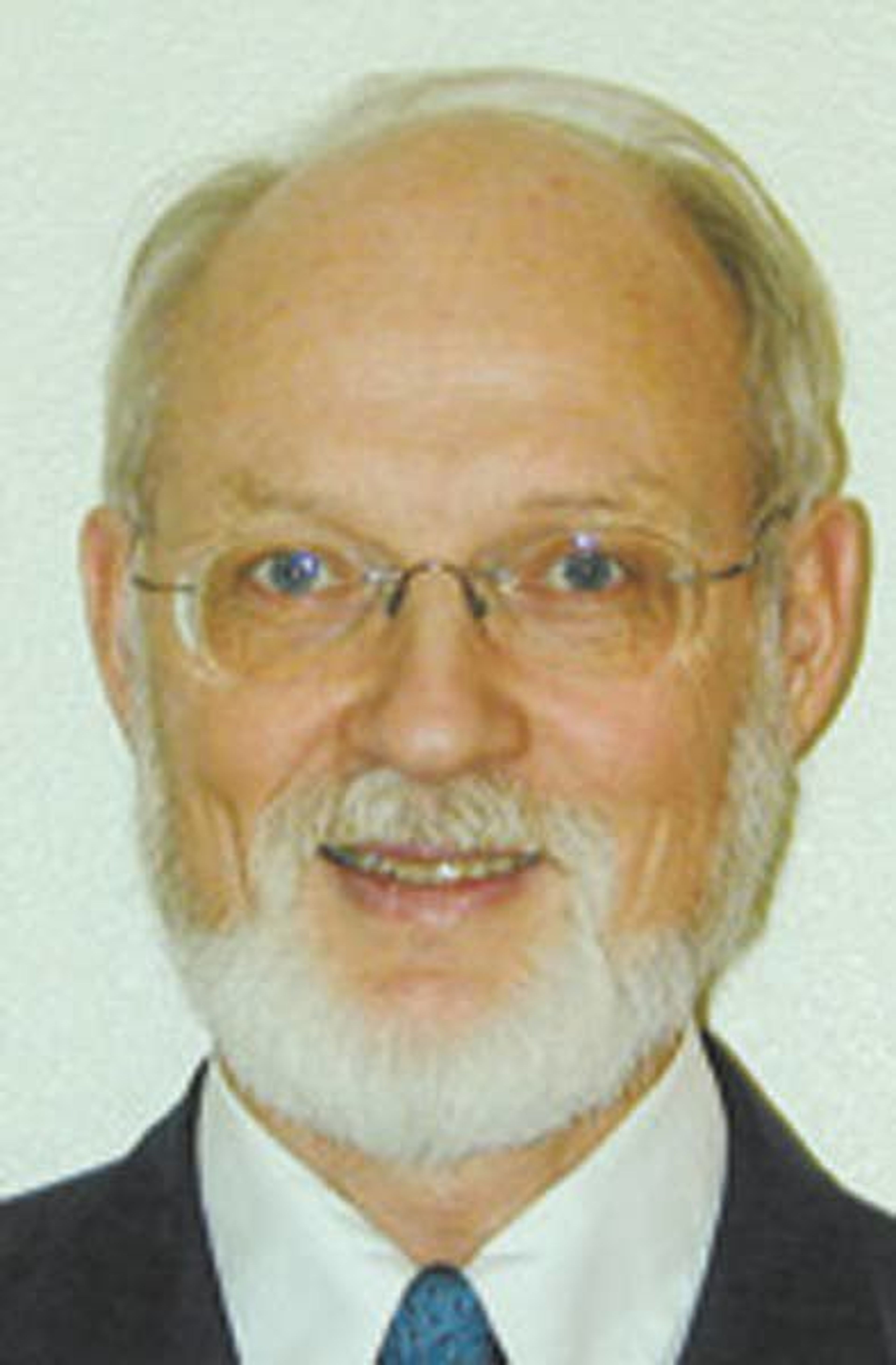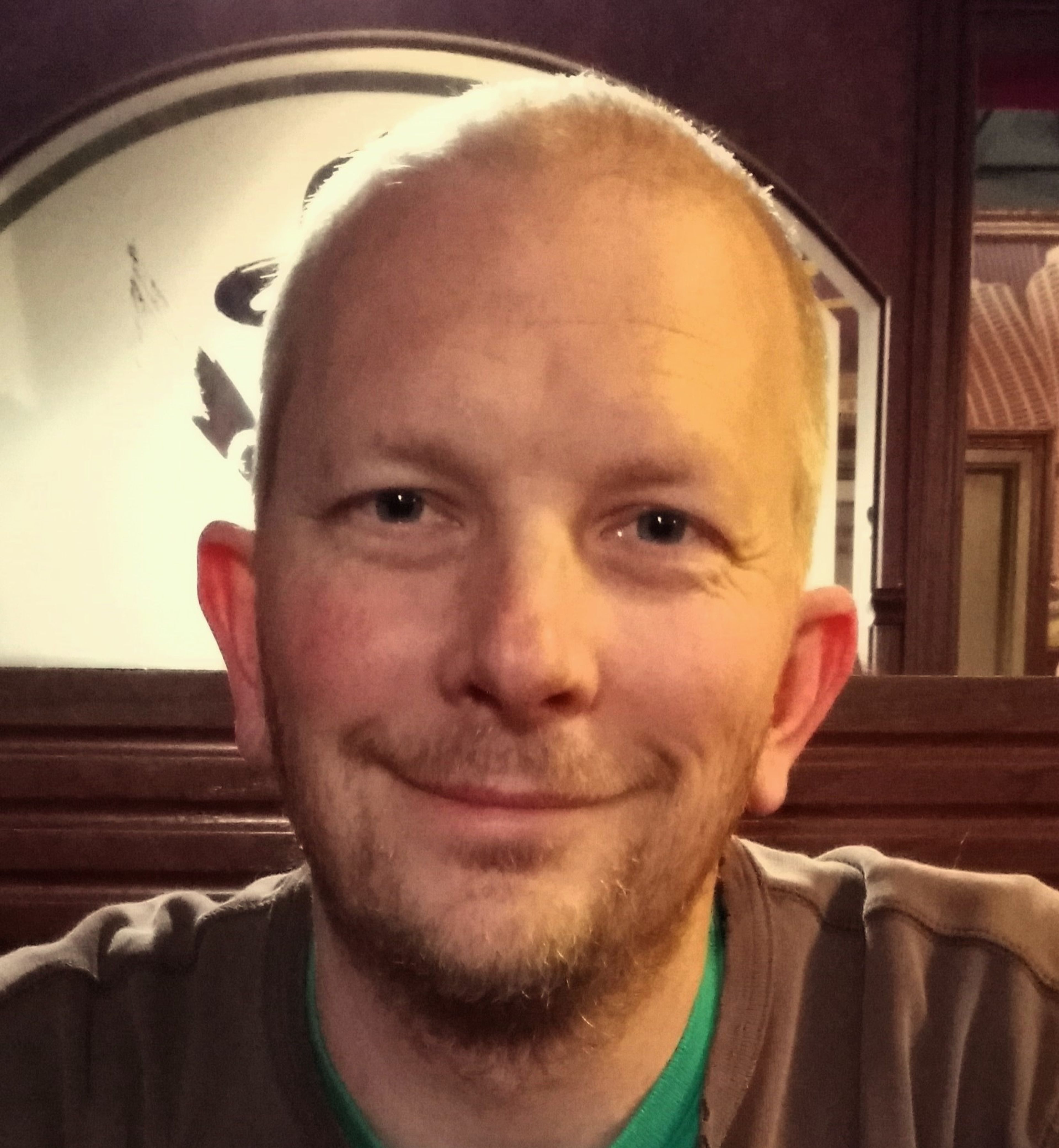India's new prime minister Nahendra Modi broke all diplomatic protocol when he rushed up the steps to Air Force One and gave President Barack Obama a big hug. This is their third meeting and a veritable bromance is developing between Obama and the leader of the world's largest democracy.
Everywhere I went in a recent one-month trip to India, I found nothing but praise - from all sections of society - for Modi and his plans to solve India's major problems. I witnessed some immediate results: hundreds of new public toilets and the reduction of trash in some streets because of Modi's "My Clean India" campaign.
As Obama looked out on India's Republic Day parade, he would have observed hundreds of Russian weapons and MiG and Sukhoi jets flying overhead. For decades, the U.S. shunned India as a member of the "non-aligned" movement and for buying most of its arms from the former Soviet Union.
Instead of supporting democracy in South Asia, the U.S. instead forged an unwise alliance with Pakistan's military dictators. Even when under democratic rule, Pakistan's military intelligence has consistently backed Muslim extremists while the U.S. pours billions of dollars of aid into the country.
At the Republic Day parade, Obama would have also seen Agni missiles, named after the Hindu fire god, which can carry nuclear warheads. In April 1998, India, citing threats from Pakistan and China, resumed nuclear bomb testing in the desert of Western Rajasthan.
Hindu fanatics, some holding high posts in Modi's government, proposed that a new Goddess temple be built near the test site. (This fierce female deity used to lead Hindu and Sikh armies into war.) They proudly proclaimed that with better nuclear arms, Hindus were no longer eunuchs and could now stand up to the world as real men.
In June 1998, I arranged a Martin Institute panel on the Indian bomb testing. I had invited a professor from Delhi's Gandhi Peace Foundation to participate, and I assumed that he would join us in condemning his government for escalating tensions in South Asia.
We were all surprised that he supported the testing, and he objected to the flier I made advertising the panel. It featured a powerful cartoon showing mushroom clouds reflected in the tear-filled eyes of Mahatma Gandhi.
Pakistan now has more nuclear warheads than India does, and it has the missiles to deliver them. (Ironically, one of them has been named Gauri, a name for the Hindu Goddess.) Thanks to Chinese-built reactors, Pakistan is producing more plutonium than any other country in the world.
Abdul Qadeer Kahn, the infamous father of Pakistan's atomic bomb, secretly gave Libya, Iran and North Korea vital information about building nuclear weapons. Neither India nor Pakistan has signed the Nuclear Nonproliferation Agreement.
In addition to the fear that India and Pakistan will nuke each other, there is also the dreadful possibility Muslim extremists would get hold of the plutonium and make their own dirty bombs. The CIA claims to know where all this deadly material is, but how could it possibly be sure it is secure?
Obama and Modi put the finishing touches on a plan to give India access to nuclear fuel for power generation. The most difficult part of finalizing this deal was to get the Indians to promise not to use the fuel for weapons. The U.S. also wanted assurances it would not be held liable for any accidents.
We cannot trust Pakistan, and there are Muslim-hating fanatics surrounding Modi and he has done nothing to silence them. There is, however, one saving grace: The India military is very professional, and it can be counted on to be a restraining force in the powder keg that is South Asia.
Nick Gier taught philosophy at the University of Idaho for 31 years.








